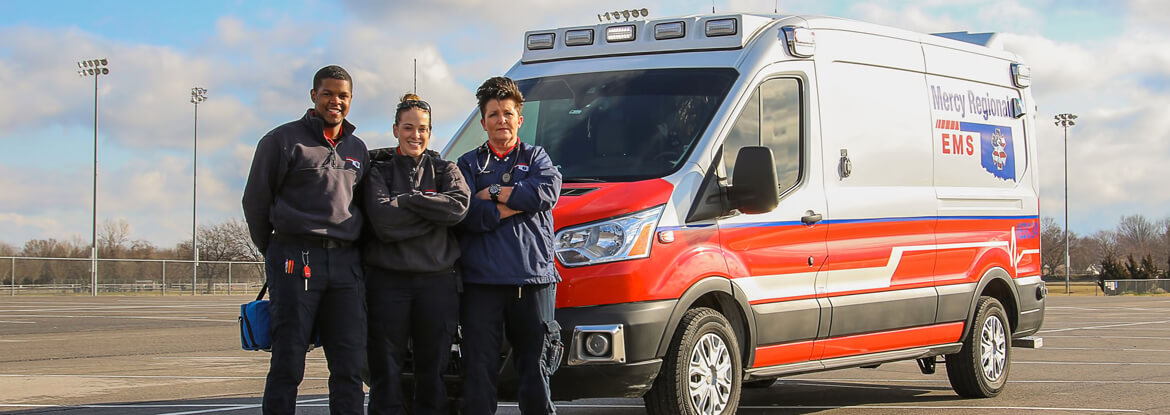Interfacility Medical Transportation

SERVICE OVERVIEW
All our ambulances are equipped with state-of-the-art equipment and highly trained personnel. But we recognize and understand that routinely there are transports that require a higher level of paramedic service for the inter-facility transport care of critically ill or injured patients. Our paramedics complete additional classroom and hospital-based clinical education. This extra education allows them to monitor and treat these critical patients during transport. Paramedics can transport patients on ventilators and multiple or extensive intravenous lines and IV medication administration via multiple chamber pumps. The benefit to hospitals is that they do not need to send their equipment or extra personnel unless they want to. Our units are available to respond within minutes after the call is received from the requesting hospital. Paramedic level transports are commonly used for the following situations, but are not limited to:
- ICU to ICU transfers for a critical patient or a patient with extensive medication drips, ventilator support, chest tube management, and or invasive monitoring.
- ER to ER transfers to an immediate higher level of care facility for the acutely injured or critically ill patient.
- Specialty Hospital to Hospital ICU
- Hospital to Specialty Hospital transport for long term acute care of critical patient
Mercy Regional provides a wide variety of non-emergent transports for patients from various types of medical facilities and conditions. These transfers can be scheduled in advance or on an emergent basis. These units can be staffed for basic life support, advanced life support, or paramedic life support depending on call type or request. All EMT’s providing basic life support transport of this type are trained in basic airway management, bleeding control, 02 administration, CPR, orthopedic care, plus much more. Non-emergent transports are commonly used for the following:
- Local emergency room visits or discharge
- Transfer from one hospital to another for higher level of care
- Transports from Nursing Care facilities
- Trips to and from cancer treatment centers
- Trips to and from dialysis centers
- Various retirement communities
- Doctor office appointments
